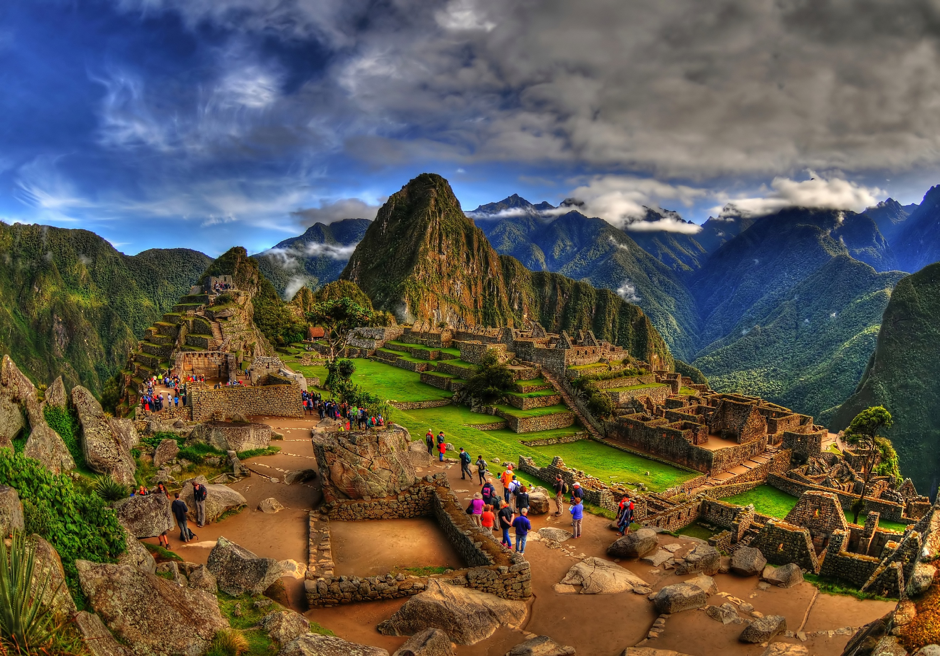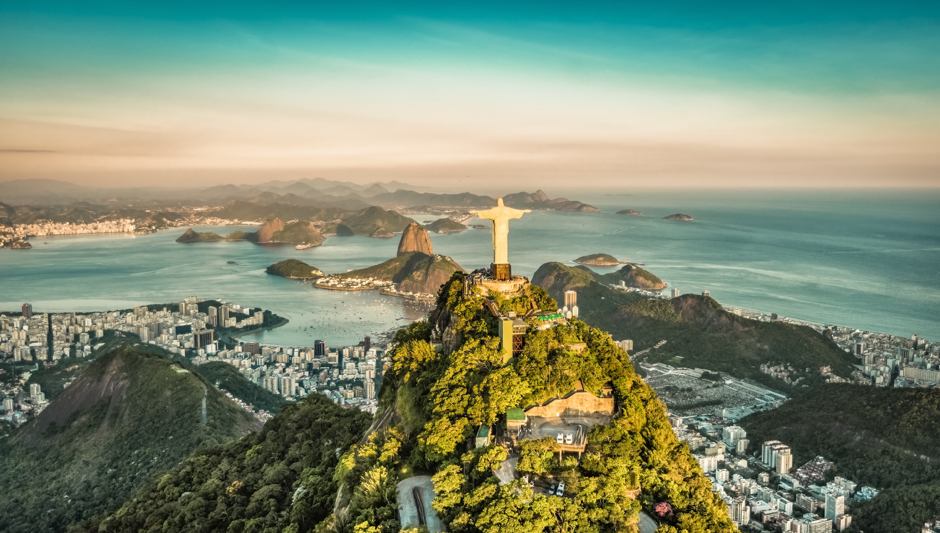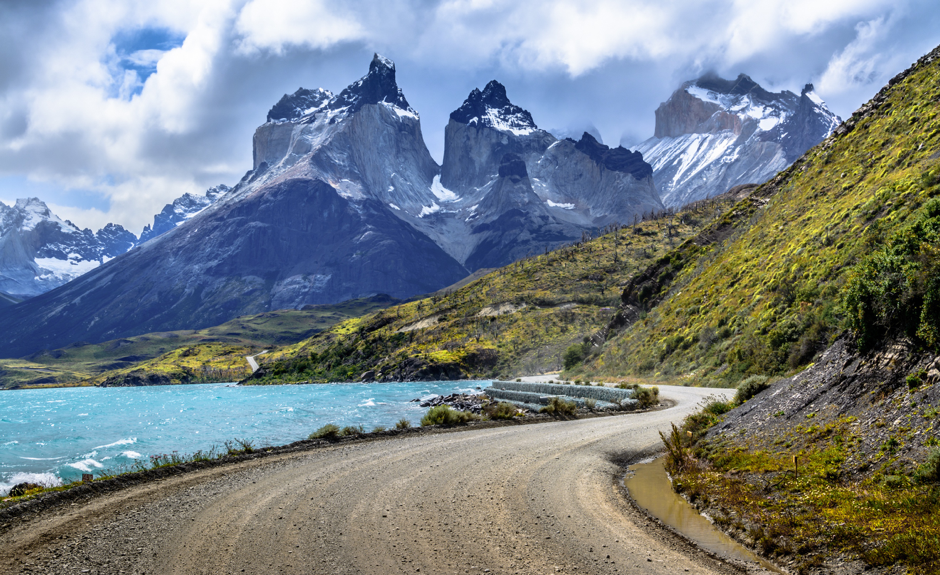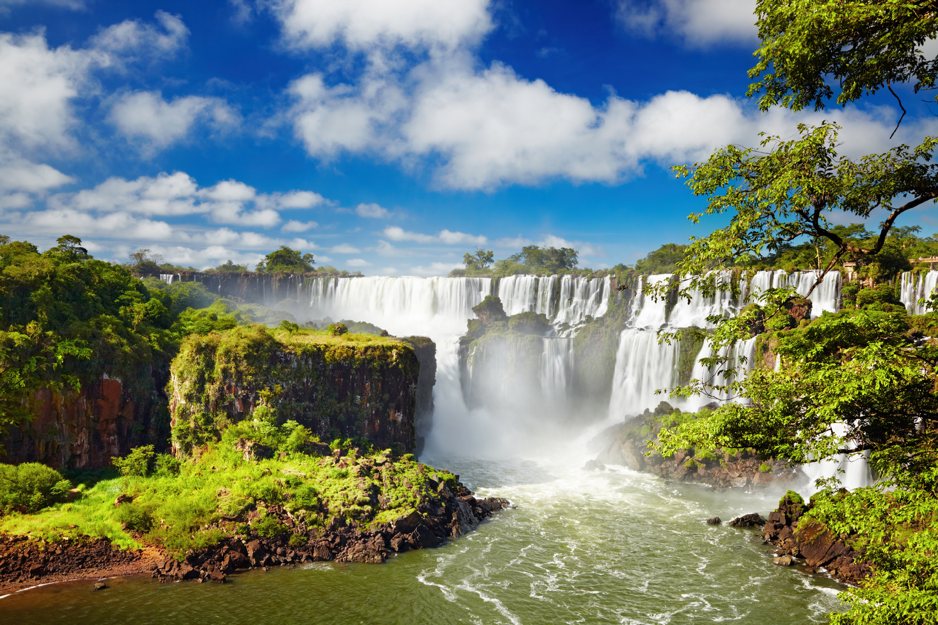South America is known for many things – incredible culture, gorgeous beaches, amazing food. But most striking might be the continent’s sheer geographical scale and diversity.
South America is home to the world’s longest mountain range, largest rainforest and (depending on who you ask) largest river. There are glaciers in the extreme south, active volcanoes tracing the line of the Andes, hot and cold climate deserts, massive waterfalls, canyons and salt flats. Here we present some of South America’s most awe-inspiring natural wonders.

Rurrenabaque, Bolivia
The Amazon rainforest is one of the great natural wonders of the world and its scale and biodiversity dwarfs all other rainforests. It covers land belonging to nine South American countries and is home to 10% of the world’s known species.
The small town of Rurrenabaque in northern Bolivia is one of the best locations from which to explore the ecosystems and unique wildlife of the region. Situated on the Beni River, this simple town offers easy access to the Madidi National Park where various eco-lodges offer accommodation and tours of the deep jungle, including mildly terrifying night expeditions. The lighter vegetation of the wetland pampas which surrounds the jungle makes wildlife spotting even easier – pink river dolphins, capybara, monkeys, anacondas and caiman are all easily spotted on river trips and wetland walks.
Providencia, Colombia
Although the tiny Caribbean island of Providencia lies closer to Nicaragua than mainland South America, it is officially part of Colombia. This beautiful little island is just 7km long, but has everything you could want from a tropical idyll: warm, aquamarine waters, verdant forests and golden beaches lined with palm trees.
The relaxed pace of island life and agreeable climate may tempt some to snooze their days away in hammocks, but the crystal clear waters and surrounding ocean reserve provide fantastic opportunities for scuba diving and snorkelling. The waters around the island support coral reefs, 400 fish species and 4 species of sea turtle. The island’s remote location means that visitor numbers are low year round.
Lençóis Maranhenses, Brazil
Situated on the northeastern coast of Brazil, in the state of Maranhão, Lençóis Maranhenses is one of South America’s best kept secrets. The word ‘lençóis’ means ‘sheets’ in Portuguese, and when you first set eyes on this undulating expanse of pure white sand, you’ll see why these gorgeous grounds got the name.
The dunes are sculpted by the wind into all manner of sinuous shapes, yet it is a geological quirk that makes this place extra special. A layer of impermeable rock lies underneath the sand, so when it rains, freshwater lakes form in the spaces between the dunes. These lakes appear intensely blue and green against the achingly white sand – the effect is hypnotic as you wander for hours through the surreal, otherworldly landscape. The best time to visit is between May and September when the water levels are highest.
Iguazú Falls, Argentina/Brazil

South America has its fair share of impressive waterfalls – Kaieteur Falls in Guyana and Saltó Angel (Angel Falls) in Venezuela are both stunning examples. But the waterfall that eclipses all others on the continent (and, arguably, on the planet) is Iguazú. Located on the border between Argentina, Brazil and Paraguay, this enormous system of waterfalls is 2.7 km wide and dumps 1,750 m3 of water per second down a drop of 82 metres.
The centrepiece of the falls is the Devil’s Throat, an awesomely powerful U-shaped section erupts with a near-constant spray of water onto the raised walkways, which means visitors to get right in on the action. More walkways and a small train allow visitors to get around the site and view the whole system from many different angles and proximities.
The falls can be visited from the Argentinian and Brazilian sides and both are very worthwhile. The Argentinian side has a more extensive network of walkways and allows you to get very close to the main falls; the Brazilian side gives you great panoramic views of the entire system.
Mount Fitz Roy, Chile/Argentina

In terms of sheer majestic beauty, there are only a handful of places on earth that can rival Patagonia. Covering the southern regions of Chile and Argentina, this sparsely populated region is scattered with awe-inspiring sights – mountains, lakes, glaciers, fjords and forests. And while the region is littered with ‘must-see’ highlights (the Perito Moreno Glacier being a prime example), the jewel in the crown is Mount Fitz Roy.
This jagged, central peak has a slightly smaller satellite peak on either side to form a breathtakingly dramatic trio of granite points. Known as one of the most technically challenging climbs in the world, a full ascent is beyond all but the most advanced mountaineers. However, there are numerous hikes in the surrounding areas, including the one-day trail up to Laguna de Los Tres, a lake at the base of the three peaks.
Cañón Del Colca, Peru
The ancient Inca cities of Cuzco and Machu Picchu are foremost in the minds of most first-time visitors to Peru, but 400km to the south is another must-see highlight, Cañón Del Colca. From the heights of the surrounding mountains, the canyon drops over 3,500 metres to the river Colca below, making it one of the deepest canyons in the world, about twice as deep as the Grand Canyon in Arizona.
There are various trails that take walkers down into the canyon, and although the rocky paths can be taxing, the breathtaking views across the canyon more than make up for the achy legs. As climbers reach the lower depths of the canyon, the rocks and dust are replaced by lush vegetation and there are even hostels offering swimming pools for weary travellers to cool off before embarking on the gruelling climb out of the canyon.

Atacama Desert, Chile
The Atacama Desert’s high altitude, low light pollution and extremely low moisture levels give it the clearest skies on earth. Looking up at the stars here becomes a profound, spine-tingling experience – the sheer number of stars visible is startling. Meteors flash away every minute or two and the Milky Way – barely visible from most urban locations – becomes a crystal clear band that runs across the sky.
Those who want to go beyond simple stargazing can visit the ALMA Observatory, an array of huge antennas which combine to form one of the world’s most advanced radio telescopes. Further to the south, close to the city of La Serena, there is also the excellent Mamalluca Observatory where visitors can take a tour with astronomy researchers and look at the moon and stars through a powerful 12-inch telescope.